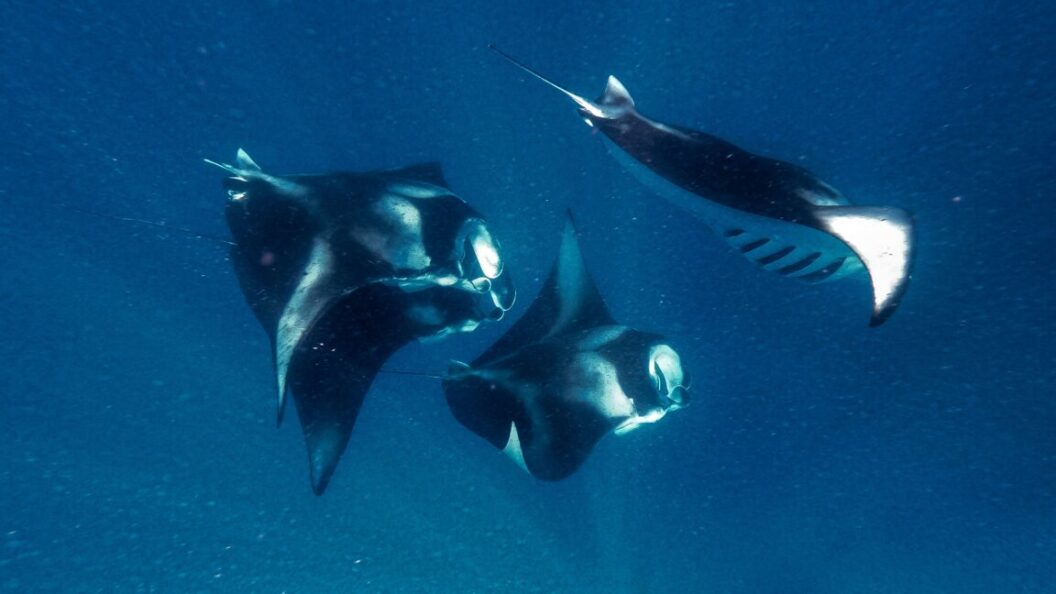Innovating Through Nature: MIT Researchers Draw Inspiration from Manta Rays for Advanced Water Filters
Researchers at the Massachusetts Institute of Technology (MIT) are taking a unique approach to improving industrial water filtration systems—all while looking to nature for guidance. By studying the feeding mechanisms of manta rays and their close relatives, the mobula rays, they aim to revolutionize the efficiency and effectiveness of water filter technology.
The Design of Nature
Manta rays function as giant moving water filters, primarily feeding by swimming with their mouths open. When water enters their mouths, they utilize specialized structures known as mouthplates, which resemble air conditioning vents. These mouthplates filter plankton from the water, allowing only particles that fit through to be absorbed, while larger particles are directed to the stomach. Meanwhile, oxygen is absorbed from the outflowing water through the gills.
The MIT team observed that mobula rays, in particular, exhibit an ideal balance between allowing water in rapidly and preventing most plankton from escaping back into the water. "Mantas are successful filter feeders because they can control the speed at which they swim to optimize their gas exchange while consuming food," a team member noted, highlighting the intricate link between their feeding habits and efficient respiratory functions.
Biomimicry in Action
To replicate this biological efficiency, the researchers developed a 3D-printed filtering system that mimics the structure and function of mobula ray mouthplates. By creating narrow spaces between the plates, the team found that they could control the flow of water and particles effectively. When water is pumped slowly, smaller particles exit the filter, but when the pumping speed increases, a vortex is formed that allows the water to flow while trapping larger particles within the filter.
This discovery not only enhances the functionality of water filters but may also lead to a more sustainable method for treating water in industrial settings. The team’s findings are detailed in a study published in the Proceedings of the National Academy of Sciences (PNAS), where they expressed optimism about how vortex action could "expand the traditional design of industrial filters."
Implications for Water Sustainability
The significance of this research extends beyond improving industrial water filters. As global water scarcity becomes an increasingly pressing issue, finding innovative and efficient filtration methods is crucial. By utilizing principles found in nature, researchers may pave the way for more sustainable water management practices. This natural approach could also lead to reduced chemical usage and lower operating costs for industries that rely heavily on water filtration, such as agriculture and manufacturing.
Conclusion
The exploration of manta rays for advancements in water filter technology illustrates how nature can serve as a powerful teaching tool for engineering and design. As scientists continue to study these remarkable creatures, there’s potential for groundbreaking solutions to pressing environmental challenges. Nature’s designs are not only innovative but also sustainable, reminding us that sometimes the most effective technologies come from observing and emulating the natural world.
With ongoing research and potential future applications, the intersection of biology and technology in this context serves as a reminder of the profound impact that biomimicry can have on addressing contemporary issues facing our world.









